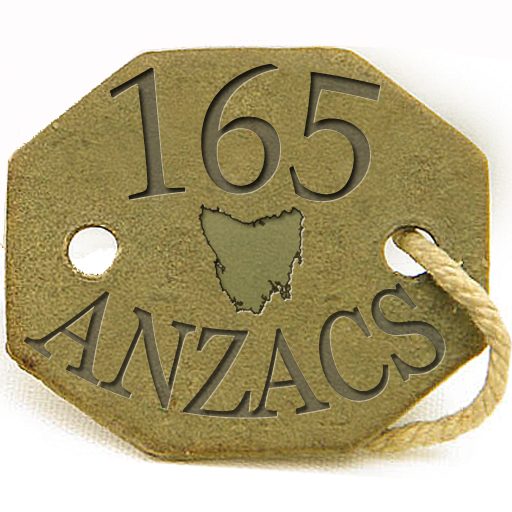The 1914-1918 War Memorial at Holy Trinity Launceston is significant in its size, quality of design and craftsmanship. It is certainly one of the largest and grandest WW1 church based memorials of its kind in Australia. Normally found in cathedrals this memorial in part reflects the role of Holy Trinity as being the church of the military establishment in northern Tasmania.
The “Telling the story of Northern Tasmanian WWI ANZACs” project is in two parts both of which involve researching the 165 ANZAC servicemen named on the War Memorial at Holy Trinity, Launceston. The first part will detail each serviceman’s war record and refer to his life before and after 1914/18. There are many significant stories located within this set of names. A number of the servicemen were at Gallipoli and some killed there, others received significant awards for bravery during WWI, such as Cyril Abey MM. These 165 servicemen served in a number of battalions apart from the 40th, 1st AIF, the Tasmanian battalion. The stories of these men provides a cross section of Tasmania’s and Australia’s contribution to the 1914-1918 war. Information about these 165 servicemen will be presented in the form of publications on the web and in print form including an open book located at the church.
The second part of the project is designed to encourage usage and interaction with the information collected. This will involve converting the information into a form that can be used in primary and secondary schools throughout Australia. The national curriculums for Mathematics and Information Technology require students to work with real spreadsheet data sets. This “spirit lives” initiative of has application to these subjects as well as the History and English curriculums. The data (information) set is intrinsically interesting because of the richness of the stories it contains and its ability to connect with youth.
Well-constructed data sets that have been professionally developed for schools and the community can have significant ongoing sustained usage and help to bring the reality of past events to new audiences of young minds. The best known of these Australian data sets is the First Fleet records.



